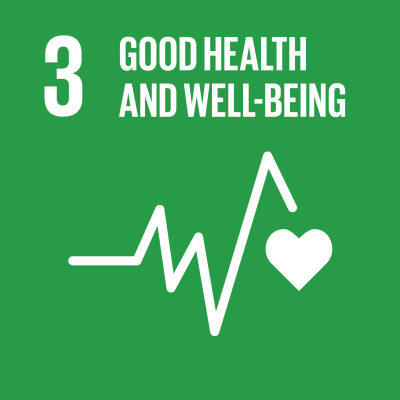 Repeated Teenage Pregnancy Prevention Programme
Repeated Teenage Pregnancy Prevention Programme
Challenges
Teenage pregnancy is one of the biggest problems in Thailand. Out of every 1000 live births, 54 are from teen mothers aged 15 to 18 years - 10 times higher than Singapore's teen pregnancy rate.According to an annual public health report, Thailand’s teenage birth rate is rising fast. The number of live births by Thai teenage mothers increased 43% between 2000 and 2011.
Though there are many factors responsible, health experts put weight on cultural mores that make frank discussion of the issue difficult, whether in an official context or a personal one. Sexual education is part of the national school curriculum but the teaching is clearly insufficient. The consequences of unplanned pregnancy are often left out of classroom teaching too, despite a lack of legal options. Unequal gender issues further complicate this problem. Medical facilities available were poor, poor abortions resulted in several number of deaths per year. Unwanted childbirth usually resulted in child dumping and the absence of childcare resulted in more violence and crimes from the newer generations.
Towards a Solution
In a bid to tackle this problem, Thailand issued a population strategy plan in 2012 that focuses on firstly preventing repeated teen birth and pregnancy and then, extend to all cases of adolescents, both who were pregnant and those who were never pregnant. The National Health Security Office (NHSO) came forward to support Thailand in tackling this problem.
Each health care facility that provided services received budget to cover cost of services and supplies. The health care faciliities started providing free long acting reversible contraception (LARCs), implants and intrauterine device (IUD) to all adolescents aged under 20 years. Training programs were carried out to teach nurses on IUD insertion and implants, over hundreds of nurses were trained per year per health care facility. Health care facilities are now able to provide accurate and adequate information to adolescent clients to help them prevent pregnancies.
Education institutions started training teachers, started providing age-appropriate sex education to students. Counselling, support and protection for pregnant students are set up so that the teenage mothers are able to continue their education. A referral system for reproductive health and social welfare services was established.Workplaces started providing accurate and adequate information to adolescent employees to help them prevent adolescent pregnancies as well as access to reproductive health counselling and services were created.
Social welfare organizations got into the act by providing occupational training and employment opportunities to pregnant adolescents, provided alternative families for those who were not capable of raising their own children, set up youth networks to take action to prevent and alleviate problems associated with adolescent pregnancies. Social welfare organizations encouraged state agencies and private sector to provide support to pregnant adolescents and their families.
Unintended pregnancy can have profound effects on adolescent parents, their parents and families, the child and the country's developing population - as adolescent parents face increased barriers to educational achievement. It should be considered a major public health problem that warrants immediate intervention at the national level. Thailand’s population strategy plan has brought changes to the mindset of the people. People started taking effective contraceptive practices more compared to traditional methods. The number of live births by teenage mothers started to decrease from 2012 and is continuing to go down per year. The repeated teenage pregnancy prevention program has brought in visible changes to the health care facilities, the society and the people’s mind set, the Thai people can now hope to eradicate this problem and adolescents will be able to focus more on their educations and careers.
Contact Information
Countries involved
Supported by
Implementing Entities
Project Status
Project Period
Primary SDG
Secondary SDGs
Similar Solutions
| NAME OF SOLUTION | Countries | SDG | Project Status | |
|---|---|---|---|---|
A Billion Brains: Smarter Children, Healthier Economies High Level Meeting on South-South Cooperation for Child Rights |
Thailand | 17 - Partnerships for the Goals | Completed | View Details |
A-Card Initiative |
Thailand | 10 - Reduced Inequalities | Completed | View Details |
Accelerating Digital Transformation in All Ministries in Bangladesh Promoting the rapid design and implementation of plans to digitize all ministries and subordinate government institutions in Bangladesh |
Thailand | 10 - Reduced Inequalities | Ongoing | View Details |
Accelerating the Implementation of African Union Treaties in São Tomé and Príncipe South-South learning from the Beninese judicial system’s experience in the application of human rights treaties to its national law |
Thailand | 05 - Gender Equality | Completed | View Details |
Accelerating the Transformational Shift to a Low-Carbon Economy in Mauritius Towards supplying 35 percent of the country’s energy needs with renewables by 2025 |
Thailand | 05 - Gender Equality 09 - Industry, Innovation and Infrastructure 13 - Climate Action | Ongoing | View Details |